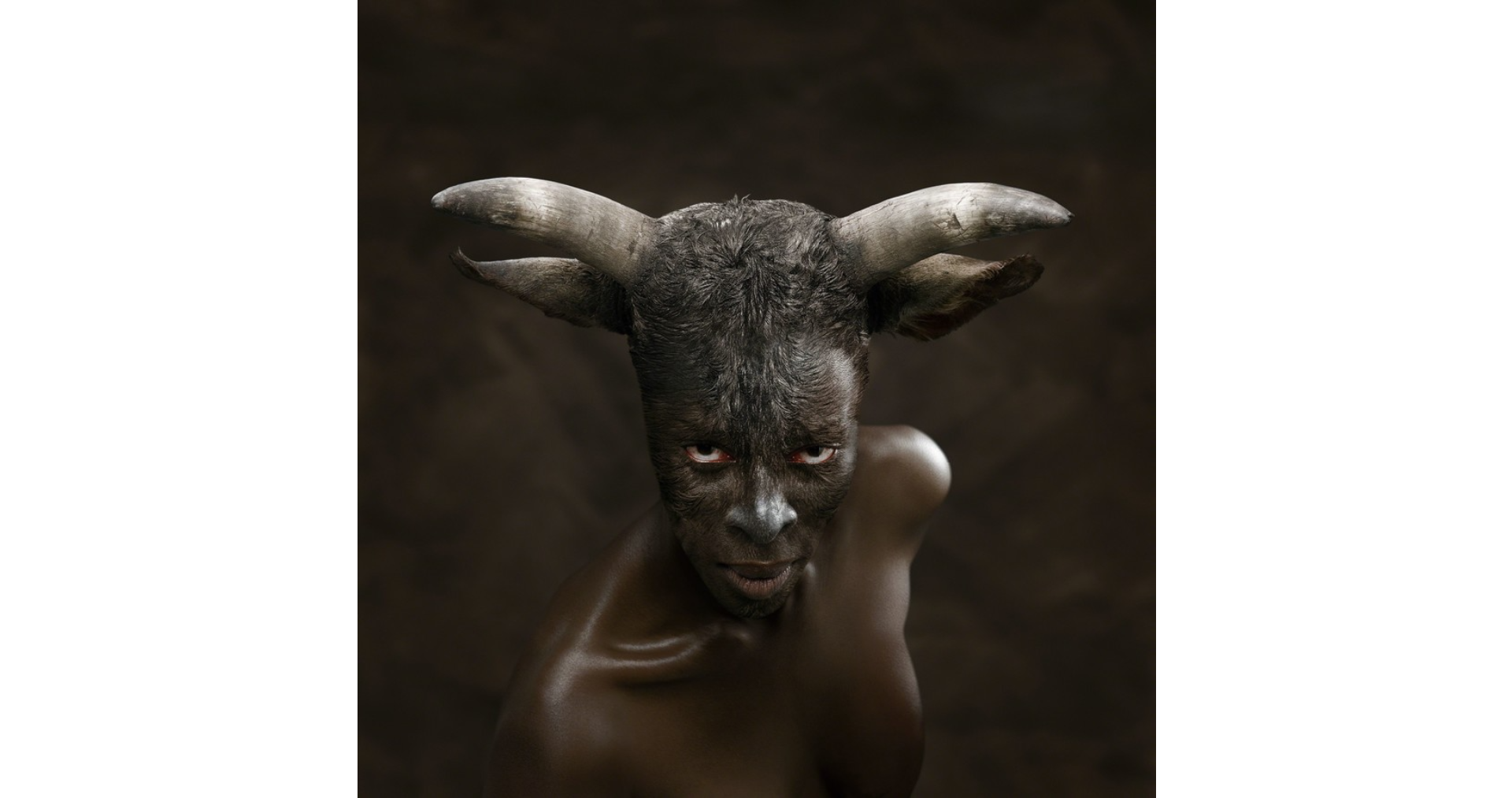My research on art and religion in the greater Greek world examines questions of life, flesh, and what can be given to the gods.
My work is object-focused — foregrounding archaeologically and historically contextualized experiences of the material world and employing lenses borrowed from posthumanism, critical animal studies, and critical race theory. My main scholarly interest is the art of ancient Greece, broadly conceived of as archaic, classical, and Hellenistic Greece with a particular focus on colonial Southern Italy, and the Greek’s cultural interlocutors throughout the Mediterranean. I’m also interested in the reception of these Greek images and ideas in pre-Roman Italy, throughout the Roman period, early modern Europe, and into modern and contemporary popular culture. Votive objects, grave goods, apotropaic images, and images of the divine are particularly useful for thinking through my research questions, as they facilitate relationships between the human and a more-than-human that encompasses gods and goats, stones and statues. The goal of my research, broadly speaking, is to develop a multi-temporal, kaleidoscopic perspective on a vividly colored, rapturously material Greek world.
Forthcoming Publications:
“The Satyr, the Krater, and Hegel: Mediated Subjectivity in a Peucetian Burial,” in Bennet, Hedreen, Kim, and Laferrière (eds.) Phenomenology & the Painted Vase. (Forthcoming 2024, U of Wisconsin Press).
“Pop Monsters: Greek hybrids in Arca and Caroline Polachek’s Music Videos,” in Barletta and Munroe (eds.) American Classicisms. (Forthcoming 2025, De Gruyter Press).
Recent Talks:
“Roman Imperial Pop Art: Replication, Reproduction, and Reception in Les Aventures des Jodelle” Classical Association Annual Conference, Cambridge University, 21-23 April 2023.
“Seeing Subjectivity in South Italian Vase Painting.” AIA/SCS Annual Conference, New Orleans, LA, 5-8 Jan 2023.
“The Cyborg-Satyr: Futurity, Hybridity, and Classical Reception in Carlota Guerrero’s Arca Portraits.” Association for Art History Annual Conference, Online conference, 6-8 April 2022.
“The Prehistory of Greek Religion in a Votive Relief from Brauron.” Non-human Animals in Greek Religion and Philosophy, Online conference, 13-15 May 2021.
See my full CV here (last updated September 2023).
Here are some of the areas I’ve been working in, and where I’m looking to go with them next:
Dissertation Project: Burial in Colonial Southern Italy
This dissertation project explores the art of burial from the mid fifth through the end of the fourth century in Greek colonial poleis of Southern Italy (Metapontum, Taras, Paestum, Sybaris and Thurii, Heraclea, and the Neapolis area). Through a comparative approach, I hope to reveal an attitude towards burial in colonial Southern Italy that is persuasive rather than performative, ontological rather than symbolic, and material rather than literary. How can burial’s manipulation of an ecosystem move us towards a more material eschatology? And how did the heterogenous burial practices of this region establish variable, yet interwoven, relationships between the living, the land, and the dead?
In order to answer these questions, I employ the lens of ritual ecology: the notion that ritual behavior presupposes an intimately interrelational cosmos and grounds the efficacy of ritual activity in the material world’s “ecological” interconnection. I take “ecosystem,” and subsequently ecology, as the “natural” world viewed through the lens of what Timothy Morton calls “the ecological thought,” recognition of expansive interconnection which ultimately denies the possibility of “Nature” as a reified object which is either manipulable by humans or within which we are ourselves enmeshed.
Votive Offerings and Grave Goods
A structuralist understanding of the Greek cosmos divides the world into three categories: animals, humans, and gods. Much of Greek religious ritual navigates relationships between these categories. Votive offerings, in the form of beautifully painted pots, masks, statues of young men and women, and scenes of sacrifice stand as material witnesses to these processes. I’m looking to further explore how objects and images, hypothetically “inert” matter, create or challenge divisions between mortals and immortals.
Like votives, grave goods also negotiated relationships between the human and the more-than-human world. Much of the recent scholarship on votives has viewed these objects as theological tools, centering their religious function. Yet grave goods, particularly those interred in Italian tombs, are far more often mined for the information about craft, cultural exchange, and trade. What would it mean to reintroduce the religious, ritual, and theological dimensions to the tomb?
Posthumanism and Critical Animal Studies
How can you talk about “posthumanism” in a pre-humanist world? The art and literature of ancient Greece—in which a god can become a swan and produces mortal offspring with a human woman, an immortal horse weeps and speaks, and a statue of a god can be the deity—proves fertile ground for such an investigation. I am particularly interested in applying posthumanism attention of how matter and other than human beings can act to Greek religion and philosophy. Right now I’m fascinated by how materialist philosophies of the presocratics, particularly Empedocles, articulate the relationship between human and other-than-human beings.
Critical Classical Reception
The art of Greco-Roman antiquity is often termed “classical,” but what exactly does that mean? The idea of a pure, white, “classical” ancient Mediterranean has long provided the foundation for white supremacist, patriarchal conceptions of “civilization,” and my work on critical classical reception attempts to directly address this legacy. I’m interested both in how the “classical tradition” is constructed, and how scholars and the general public can engage with it critically and more productively. As I look towards future research, I’m looking to learn more about classical reception specifically in the American South.




























